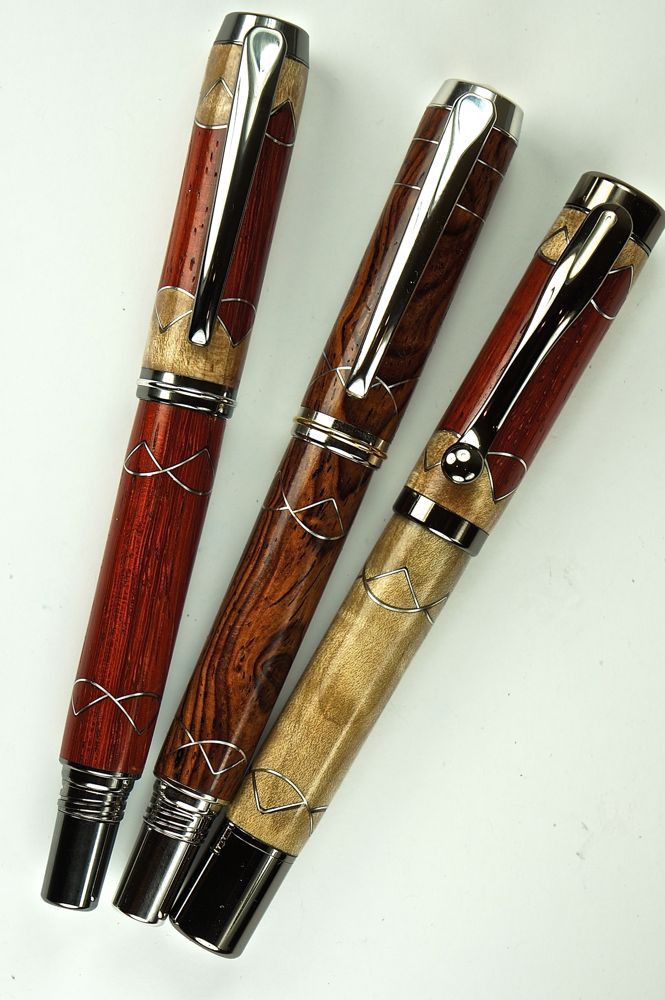Oldmanwheeler
Member
I've tried every type of pen finish out there and still never found one that I was completely sold on, at least not until now. I was reading some old forum's on finishing when I stumbled across a link to Doctor's Woodshop. I went to the website and as I read Mike's story I discovered he had a lot of the same issues I have had with today's more popular pen finishing products. As I read further I learned that Mike is a Biochemical Toxicologist and used his expertise to formulate a line of finishing products he calls Doctor's Woodshop!
I ordered one of each of Mike's products hoping they would be the answer to at lease some of my concerns. I'm writing this tonight to share with you a product that in my opinion is far superior to the other finishes on the market. Mike's products did everything he said they would on his website.
If you are interested in trying a Pen Finish that really is a quality product I highly recommend that you order some of Mike's Doctor's Woodshop finishes. I promise you, you will not be disappointed.
Oldmanwheeler
Ames, IA
I ordered one of each of Mike's products hoping they would be the answer to at lease some of my concerns. I'm writing this tonight to share with you a product that in my opinion is far superior to the other finishes on the market. Mike's products did everything he said they would on his website.
If you are interested in trying a Pen Finish that really is a quality product I highly recommend that you order some of Mike's Doctor's Woodshop finishes. I promise you, you will not be disappointed.
Oldmanwheeler
Ames, IA


